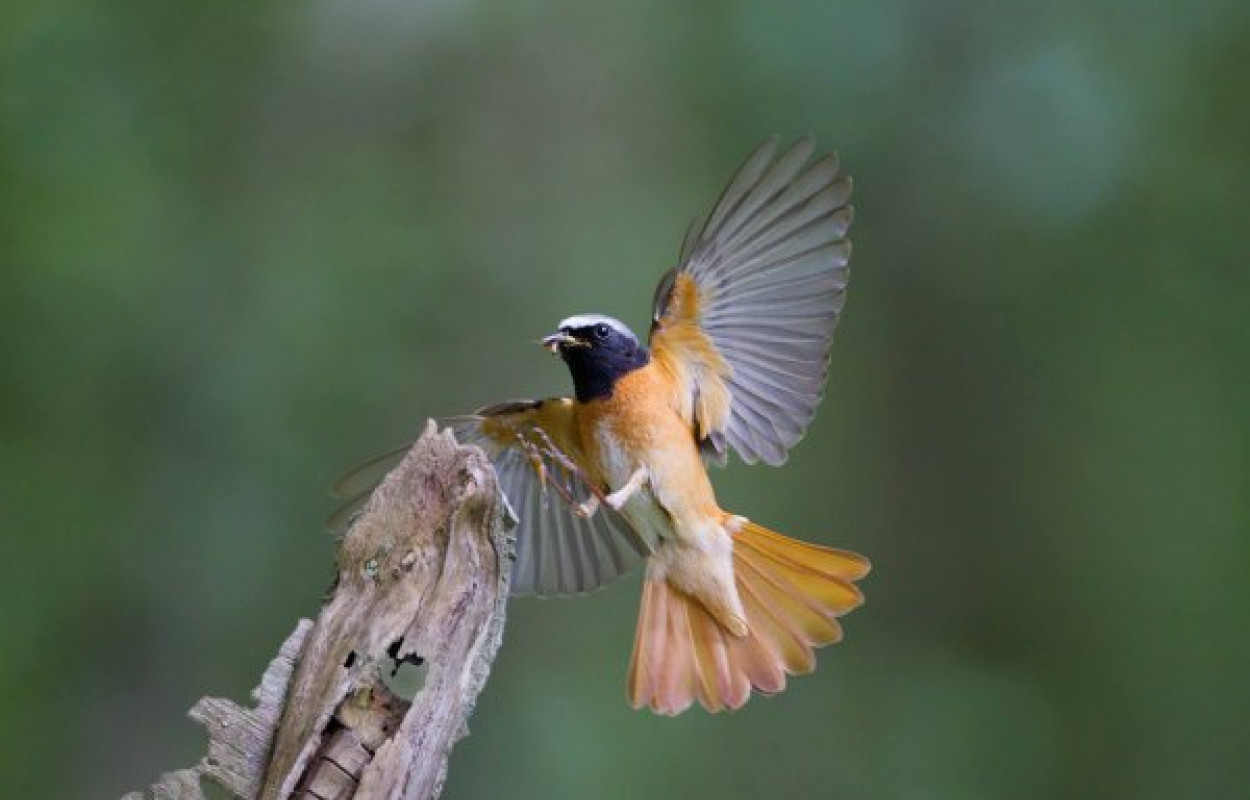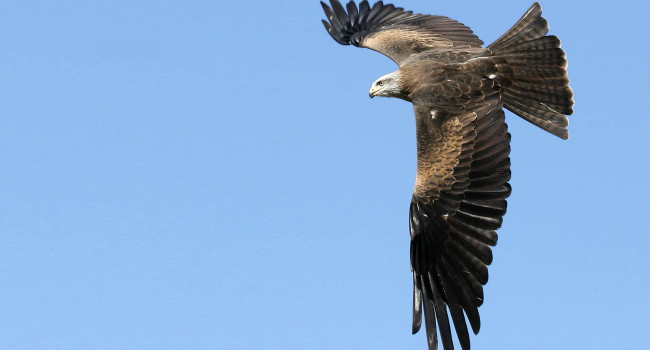Climatic effects on breeding grounds are more important drivers of breeding phenology in migrant birds than carry-over effects from wintering grounds

Author(s): Ockendon, N., Leech, D. & Pearce-Higgins, J.W.
Published: January 2013
Journal: Biology Letters Volume: 9 ( part 6 )
Article No.: 669
Digital Identifier No. (DOI): 10.1098/rsbl.2013.0669
Migratory birds are likely to be particularly vulnerable to climate change because they can be affected by changing conditions on the breeding grounds, wintering grounds or passage areas in between.
Many long distance migrant birds that breed in the UK and winter in Africa are in severe decline, and previous BTO work has shown this can be related to changing conditions in Africa, which affect overwinter survival, and to conditions on British breeding grounds. New research by the BTO takes this further and considers the potential for changes in conditions in Africa to ‘carry-over’ and affect birds during the breeding season.
Rainfall during the growing season in Africa is incredibly important for migrants that winter south of the Sahara as precipitation controls vegetation growth and therefore the abundance of herbivorous insects. Species such as warblers, flycatchers and chats rely heavily on berries and invertebrates to survive through the winter and fuel their journey back to the breeding grounds the following spring. Using a unique dataset collected by volunteers contributing to the Nest Record Scheme over a 46-year period, BTO scientists have demonstrated that the impact of African rainfall on migrant species that winter south of the Sahara does indeed carry-over and influence the subsequent timing of nesting of 19 species, including Sand Martin, Swallow and Redstart. In general, species laid their eggs earlier after wetter Sahel growing seasons, suggesting that they were in better condition and therefore able to leave earlier, travel faster or produce clutches more rapidly on arrival.
However, the importance of this effect is relatively small when compared to the impact of spring temperature on the breeding grounds. This suggests that increasing temperatures in the UK are largely responsible for the observed trend towards earlier breeding, even in long-distance migrants. Warm springs are likely to stimulate early laying as they advance leaf growth and therefore the emergence of insects that birds depend on to provision their offspring; studies have shown that a failure to track these advances can have serious implications for breeding success. Changes in the numbers of eggs laid in each nest were also considered, but were largely unaffected by rainfall in Africa, and only weakly related to UK spring temperature. Overall, this research highlights the many factors determining how migrant species are responding to climate change, an understanding of which is vital if we are to effectively protect these birds and address population declines.








Share this page